Ancient Persia, now modern-day Iran, extended from the Persian Gulf in the east to the Euphrates River in the west.
The territory covered a vast swathe of land including deserts, mountains, valleys, and pastures.
Ancient Persia was ruled by an absolute monarchy, and the people did not enjoy the same basic freedoms and human rights that we do today.
In the Persian army, soldiers were all either Persians or Medes to ensure loyalty.

Here is a list of the top 7 most critical events that took place in ancient Persia:
1. The Establishment of the Achaemenid Empire
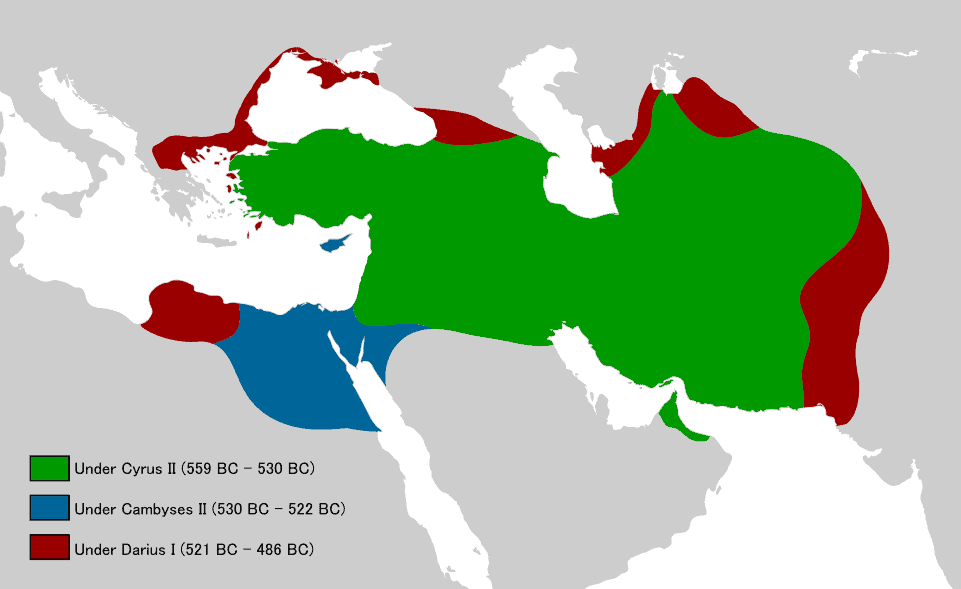
The Achaemenid Empire of Persia was established in 550 BC by Cyrus the Great when he defeated King Astyages of Media who dominated much of Iran and Eastern Anatolia. Cyrus the Great came to power in Persia in 559 BC. The Achaemenid Empire is known to have been the largest empire in the ancient world. It extended from Anatolia and Egypt, across Western Asia to North India and Central Asia. It also included Cappadocia, Armenia, Parthia, Aria, and Hyrcania.
The empire was so named because its founder, Cyrus, was the great-great-grandson of the first Persian king, Achaemenes. When he established the empire, Cyrus used a strategy of religious and cultural tolerance to maintain order. Darius the Great expanded the empire further. He made currency reforms and appointed the satraps, or provincial governors, to rule over smaller provinces of the empire on his behalf. After a while, the wealth and power of the empire increased which led Darius to construct a capital city called Persepolis.
The Achaemenid Empire came to an end when it was conquered by Alexander the Great.
2. The Fall of Babylon
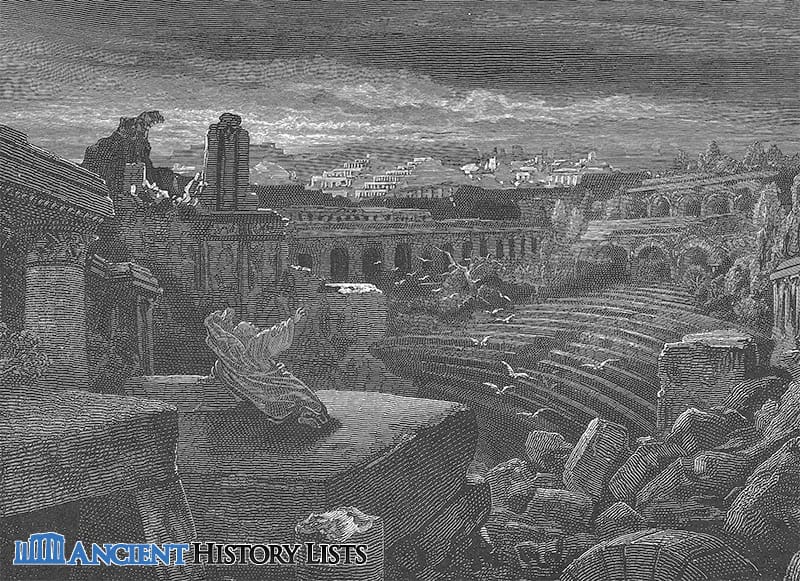
The fall of Babylon occurred in 539 BC, marking the end of the Neo-Babylonian Empire. Several factors played a role in the fall of Babylon. Firstly, the population of Babylonia became restless and agitated under Nabonidus. Also, the religion of Babylonia was centralized in the temple of Marduk at Babylon. This upset the priests.
Nabonidus left the defense of his kingdom up to his son Belshazzar who, although a capable soldier, alienated the political elite. He was more interested in pursuing activities which he enjoyed such as the excavation of temple records in order to identify the dates of their construction. He also spent much of his time exploring regions outside Babylonia.
3. The Rule of Cambyses II
Cambyses II was the second ruler of the Achaemenid dynasty and the eldest son of King Cyrus II. His rule spanned from 529 to 522 BC. One of the major achievements of his reign was to conquer Egypt in 525 BC. The invasion of Egypt took place during the reign of Pharaoh Psamtik III.
Psamtik was well supported by the Greek generals in the Egyptian army and also received some assistance from Polycrates of Samos. However, later in 525 BC, Cambyses won the Battle of Pelusium in the Nile Delta. He also succeeded in capturing Heliopolis and Memphis which ultimately led to the collapse of Egyptian resistance.
Cambyses was considered eccentric by many and, according to Darius the Great, before going to Egypt he secretly killed his brother Bardiya.
4. Persia Conquered Egypt
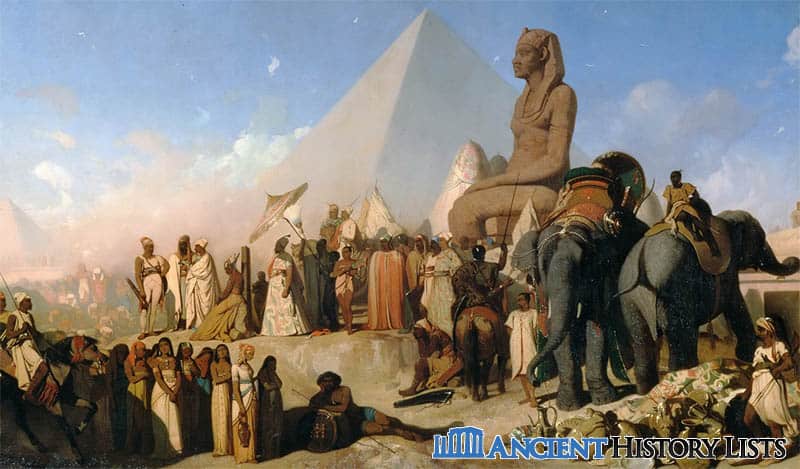
Egypt was a rich country and had been conquered twice by the Achaemenids. The Persians conquered it in 525 BC at the Battle of Pelusium, led by King Cambyses II. When Egypt was conquered by the Persians, it was the largest empire in the world, and it became a province of the Persian Empire.
The rule of the Persians over Egypt lasted for about 100 years. In the early period of Persian rule, there were many positive developments in Egypt such as temples being built by King Darius, who also presented himself as an Egyptian pharaoh. But later, Persian leaders such as Xerxes treated the Egyptians with brutality which eventually led to disquiet and rebellion. In 332 BC, Alexander the Great invaded, and Persian rule came to an end.
5. The End of the Achaemenid Empire
After King Darius I died, his son Xerxes took over and ruled until 465 BC. During his reign, the empire declined. There were several factors which caused this. One of the reasons was that although he was a cruel king, he was also weak, being defeated by the Greeks early on in the Persian Wars. There were social reasons as well.
The social structure of the empire started to break down as Xerxes was not a strong leader. The middle and lower classes united and began to organize riots and other acts of rebellion. The satraps began to cause serious economic problems, and other officials fought with each other over foreign policy. All this led to a weakening of the government’s power.
The people required a king who could build a strong army and provide enough wealth to maintain the empire’s infrastructure. There was no money for art or new buildings, the economy declined, and the government increased taxes.
This, in turn, led to poverty. Crop production declined, trade was affected, and Persia was not able to progress in the areas of science and education. All these factors led to the fall of the Achaemenid Empire.
6. The Battle of Salamis
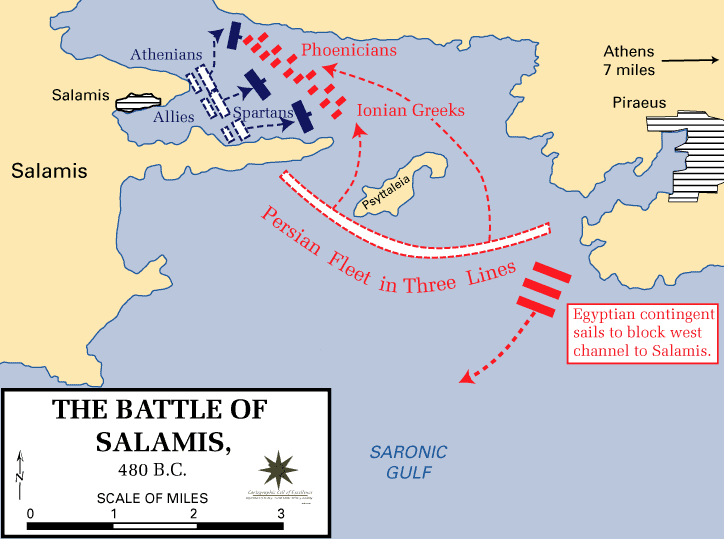
The Battle of Salamis was fought in 480 BC during the Greco-Persian Wars. It was one of the greatest and most important naval battles in history, fought between the island of Salamis and the Athenian port-city of Piraeus in which the Greek allies defeated the Persian army.
The Greeks fought with great skill and vision and were able to sink 300 Persian vessels, losing only about 40 of their own. Even after defeat, the Persian side was still strong and powerful, and in spite of losing the battle, many areas of Greece remained in Persian hands. Even their large land army was intact.
7. The Battle of Issus
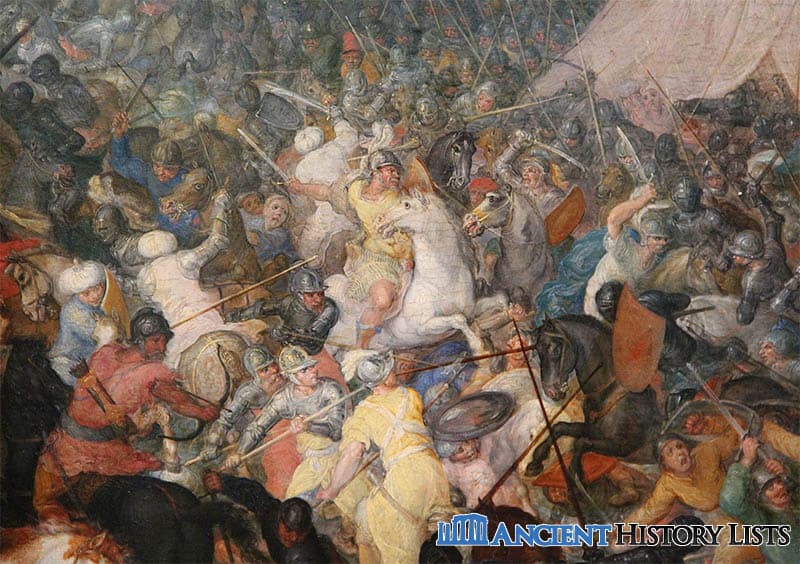
The Battle of Issus was fought on November 5, 333 BC by Alexander the Great in southern Anatolia. It was the second time he had led a Hellenic League force against the Persian army; the first was also against King Darius III.
After he ascended to the Macedonian throne, Alexander’s first mission was to conquer the Persian Empire. The official war objective for the Battle of Issus was revenge, but the actual reason behind it was that Alexander wanted to gain prestige through victory.
Darius lost the battle even though he had greater troop numbers because his army quickly assumed a defensive position. Alexander had a well-organized battalion with heavy armory and infantry. Although Darius attacked Alexander’s formation, Alexander’s cavalry moved quickly through Darius’ left flank and saved themselves.
Conclusion
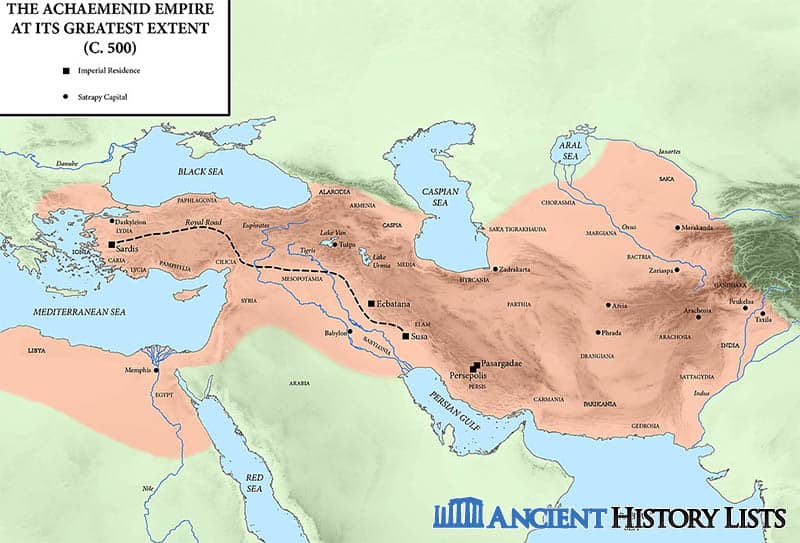
Ancient Persia was a great empire which saw many ruling dynasties during its time and which extended over a wide geographical area from the Persian Gulf in the east to the Euphrates River in the west. There were numerous wars and conflicts over who was to rule Persia, and its people experienced many ups and downs depending on who came to power.
While the above list gives 7 of the most important events in ancient Persia, this rich and wide land experienced much more than can possibly be included here.